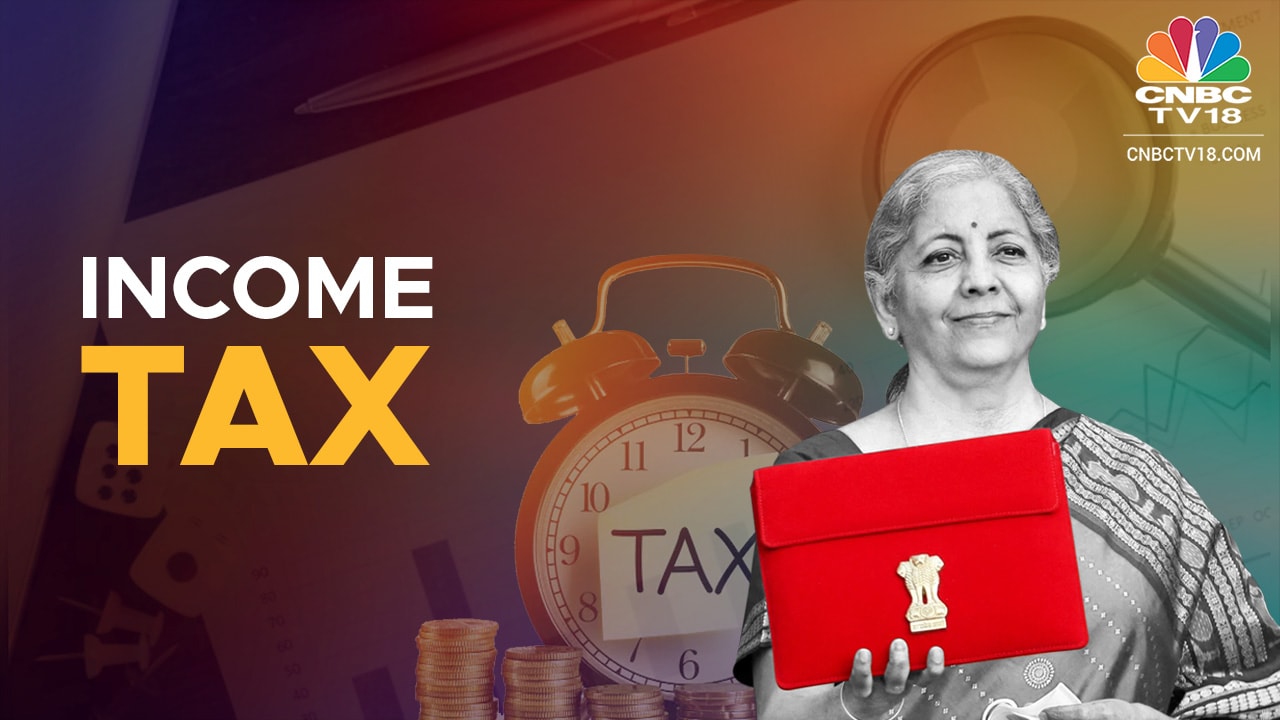[ad_1]

Index Fund Corner
Sponsored
| Scheme Name | 1-Year Return | Invest Now | Fund Category | Expense Ratio |
|---|---|---|---|---|
| Axis Nifty 50 Index Fund | +32.80% | Invest Now | Equity: Large Cap | 0.12% |
| Axis Nifty 100 Index Fund | +38.59% | Invest Now | Equity: Large Cap | 0.21% |
| Axis Nifty Next 50 Index Fund | +71.83% | Invest Now | Equity: Large Cap | 0.25% |
| Axis Nifty 500 Index Fund | — | Invest Now | Equity: Flexi Cap | 0.10% |
| Axis Nifty Midcap 50 Index Fund | +46.03% | Invest Now | Equity: Mid Cap | 0.28% |
This reduces tax liabilities compared to the 2024 structure.
For those earning up to ₹12.75 lakh, the new tax regime now stands as the better option, even when factoring in tax-saving deductions.
So, when does the old regime work?
For taxpayers earning above ₹12.75 lakh, staying in the old regime could only be beneficial if they invest heavily in tax-saving instruments. The new regime offers more benefits up to ₹12 lakh but taxes increase for higher incomes.
Those earning ₹20 lakh or more (₹20.75 lakh for salaried individuals) will likely pay lower taxes under the new regime, even after investing in tax-saving schemes.
However, if an individual earns ₹20 lakh and invests ₹5.25 lakh in savings schemes, the old regime would still result in a higher tax liability.
The new regime would charge ₹2 lakh compared to ₹2.4 lakh under the old regime.
For those earning ₹13.75 lakh to ₹15.75 lakh, the old tax regime can still offer marginal savings.
But for incomes above ₹24.75 lakh, taxpayers should only consider the old regime if their total exemptions and deductions (excluding the standard deduction) fall under ₹8 lakh.
Key insights for high earners
Earning ₹15 lakh to ₹25 lakh: The new regime offers savings ranging from ₹36,400 to ₹1.14 lakh, depending on the exact income.
Earning ₹30 lakh to ₹1 crore: Tax savings decrease with higher income. At ₹45 lakh, you save around 10%, while at ₹1 crore, savings drop to 1.9%.
Earning ₹2 crore or more: Savings under the new regime are marginal, at only around 0.9%.
Income tax comparison table
| Taxable Income | Old Regime | New Regime (2024) | New Regime (2025) | Savings Over 2024 New Regime | Savings % Over 2024 |
| ₹5.00 lakh | ₹ 0 | ₹ 0 | ₹ 0 | ₹ 0 | – |
| ₹7.50 lakh | ₹ 65,000 | ₹ 26,000 | ₹ 0 | ₹ 26,000 | ∞ |
| ₹10.00 lakh | ₹1.17 lakh | ₹ 52,000 | ₹ 0 | ₹ 52,000 | ∞ |
| ₹12.00 lakh | ₹1.79 lakh | ₹ 83,200 | ₹ 0 | ₹ 83,200 | ∞ |
| ₹15.00 lakh | ₹2.73 lakh | ₹1.46 lakh | ₹1.09 lakh | ₹ 36,400 | 25.00% |
| ₹20.00 lakh | ₹4.29 lakh | ₹3.02 lakh | ₹2.08 lakh | ₹ 93,600 | 31.00% |
| ₹25.00 lakh | ₹5.85 lakh | ₹4.58 lakh | ₹3.43 lakh | ₹1.14 lakh | 25.00% |
| ₹30.00 lakh | ₹7.41 lakh | ₹6.14 lakh | ₹5.00 lakh | ₹1.14 lakh | 18.60% |
| ₹45.00 lakh | ₹12.09 lakh | ₹10.82 lakh | ₹9.67 lakh | ₹1.14 lakh | 10.60% |
| ₹50.00 lakh | ₹13.65 lakh | ₹12.38 lakh | ₹11.23 lakh | ₹1.14 lakh | 9.20% |
| ₹60.00 lakh | ₹24.05 lakh | ₹22.88 lakh | ₹21.63 lakh | ₹1.25 lakh | 5.50% |
| ₹70.00 lakh | ₹34.45 lakh | ₹33.28 lakh | ₹32.03 lakh | ₹1.25 lakh | 3.80% |
| ₹80.00 lakh | ₹44.85 lakh | ₹43.68 lakh | ₹42.43 lakh | ₹1.25 lakh | 2.90% |
| ₹90.00 lakh | ₹55.25 lakh | ₹54.08 lakh | ₹52.83 lakh | ₹1.25 lakh | 2.30% |
| ₹1.00 crore | ₹65.65 lakh | ₹64.48 lakh | ₹63.23 lakh | ₹1.25 lakh | 1.90% |
| ₹2.00 crore | ₹1.33 crore | ₹1.32 crore | ₹1.31 crore | ₹1.25 lakh | 0.90% |
| ₹3.00 crore | ₹1.64 crore | ₹1.63 crore | ₹1.62 crore | ₹1.25 lakh | 0.80% |
| ₹4.00 crore | ₹2.68 crore | ₹2.67 crore | ₹2.66 crore | ₹1.25 lakh | 0.50% |
| ₹5.00 crore | ₹3.72 crore | ₹3.71 crore | ₹3.70 crore | ₹1.25 lakh | 0.30% |
(Source: Bankbazaar)
Choosing the right regime
The new tax regime eliminates the need for complicated tax-saving strategies and simplifies the filing process.
However, individuals with significant deductions—like home loan interest or large investments in PPF, NPS, or insurance—may still find the old regime advantageous, though the savings will be marginal.
For high-income earners, careful evaluation is key.
[ad_2]
Source link










